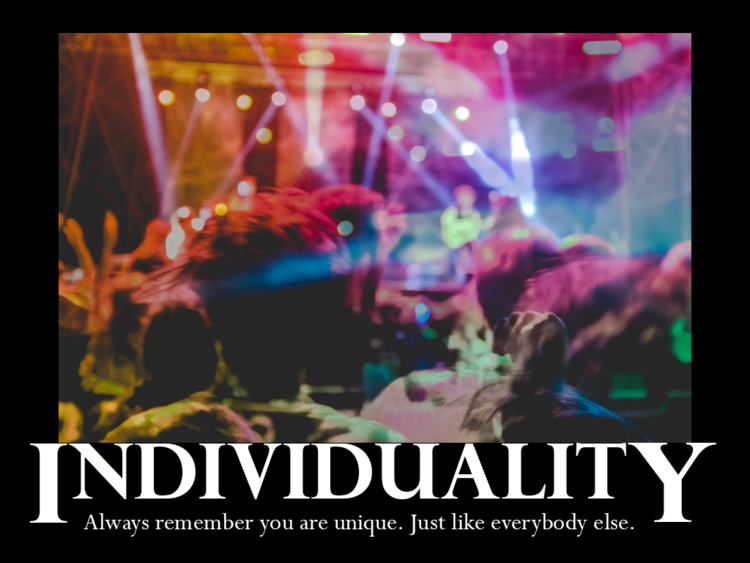It’s Time to Ditch “One-Size-Fits-All” Recruitment
June 03, 2015 by Crystal Miller

Have you ever noticed how every company wants to be thought of as compelling, different, and even unique? It's an affront to the brand and leadership sensibilities to even suggest candidates might have hard time seeing the difference of the work "life at" one company or the next. Yet at the same time that we as employers want the individuality of our "cultural DNA" recognized, we tend to treat the candidates we're trying to attract to work for us as one homogeneous group. This creates an imbalance in the candidate experience that starts with our recruitment marketing messages and often follows through the entire recruitment process. Given this, should we really be surprised when prospective candidates lack incentive to muster up a response to often lackluster job ads, generic, spammy emails and an one-size-fits-all, entitled recruitment mentality? Industry leader and Managing Director of Recruiting Toolbox, John Vlastelica, partnered with Dice to provide the "definitive guide to engaging top tech talent." It's a solid share and one that's well worth consideration for any recruitment program as it provides best practices and checklists that make personalization easy. Engagement Starts With Preparation Contrary to popular belief, Vlastelica shares recruitment doesn't (or shouldn't) start with the opening of a job requisition. Nor should it start with creating keyword skills lists to search for candidates on job boards, or questions about how they handled the extra quarter a cashier gave them when making change at the grocery store. That's ultimately about your needs... frankly, that isn't all that interesting to candidates. Where we should start, he contends is with researching and understanding what the company, as an employer, have to offer candidates. Rather than focus on the low-hanging attraction fruit like salary range or amount of PTO offered, understanding the impact culture compatibility has on the brand might be a good place to start. When it comes to sharing culture, many employers typically rely heavily on quasi-candid photos of employees smiling everywhere from the break room, to company-sponsored events and functions in an effort to 'prove-up' their awesome culture. But Dr. Steve Carter, VP of Matching of Elevated Careers by eHarmony shares it's not really about "good culture" or "bad culture." "We've all heard the recruiting horror stories about incredibly talented professionals that were hugely successful at one company and unmitigated disasters at another because they didn't mesh with the team or cultural DNA. That doesn't make the company culture bad; it's just not the right fit for that employee. But that's something a skills keyword search will never show you." Instead, he counsels employers need to "focus on finding better-suited employees for their specific work environments before the point of hire." He shares there are actually 16 key dimensions of compatibility Elevated Careers by eHarmony, currently in beta phase, uses to assess the potential culture fitbetween candidates and prospective employers. This is proving to be a welcome focus for workers, as a 2014 survey conducted by Software Advice showed over 96% both know what company culture is and have a preference in the kind of culture that they work in. In addition to objective assessment of culture fit, we should use recruitment marketing should help candidates gain a better understanding of workplace reality through sharing info around culture compatibility points such as:
- Innovation
- Mobility
- Social Environment
- Perks and Recognition
- Performance Expectations & Accountability
- Stability
- Flexibility
- Team Collaboration
- Communication
Highlight how your company deals with each of these areas in your recruitment marketing strategies and campaign plans. If you don't airbrush your culture, you might notice an increase in unsubs in your email marketing or even a dip in application volume... that's absolutely okay. The goal of recruiting isn't to get the most candidates, it's to get the right candidatesthat will convert into engaged, productive employees that love not only what they do, but where they do it.

